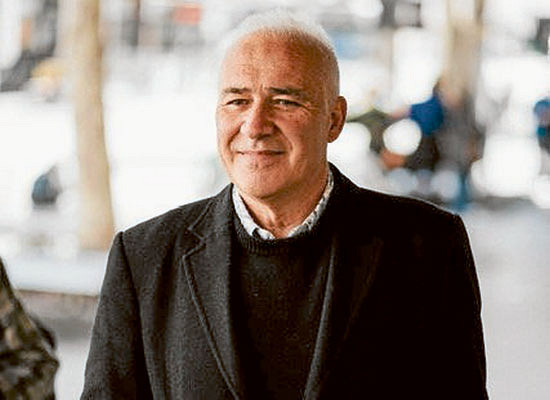‘Topsy-Turvy companies’… are we in Oz ‘getting it’?
300W electric bikes? An update on the legislative process
August 23, 2007Social issues, Gunns, consumers, employees…
August 24, 2007Are our financial gurus finally realising the value in employee share ownership plans (ESOP) – as they do elsewhere in the world? Alan Greig of The Mercury Centre has alerted us to a two page Australian Financial Review report by Fiona Smith (21 August 2007) ‘Topsy-turvy companies: where workers rule’.
While writing this blog – for over three years now – I have often been surprised at a basic Australian ignorance of successful overseas practices eg the battle against supermarket dominance, Local Living Economies and Study Circles. In this instance Fiona indicates that Australian bosses have been slow to take up the benefits of profit sharing with employees even though overseas we see:
- Co-owned firms make up 2% of the UK economy.
- Companies that share profits with workers have a 19% productivity dividend.
- Profit sharing with workers boosts share values by 9.79%.
- The Employee Ownership Index in the UK has consistently outperformed the FTSE All Share.
- Co-owned companies make up 2% of the UK economy.
- In the US, favourable tax treatment means that 10,000 companies have some form of employee ownership, 85% are unlisted.
- In a UK survey of co-owned firms, 72% say staff work harder, 81% say staff take on more responsibility, 49% see more competitiveness, and 44% say profits are higher.
Source: Employee Ownership Association, UK.
It seems the private sector has steered clear of employee ownership because of unfavourable tax treatment for unlisted companies and also ignorance about how to set up a viable scheme, though advice IS available now from The Mercury Centre.
The ‘magic’ occurs when…
- employee ownership is teamed with participation in decisionmaking;
- there’s regular education/communication about the company’s financial results.
Fiona reports that:
“Companies that combine these things grow 6 to 11 per cent faster than would have been expected, according to the book Equity: Why Employee Ownership Is Good For Business (Harvard Business School Press)…
One private company that has managed to combine these things is waste-water treatment firm Biolytix, based in Maleny…Queensland…employing 55 people.
The employees of Biolytix – both in Maleny and the factory in Brisbane – own 20 per cent of the company.
The new chief executive, John Martinkovic…says the practice began when the company was in start-up mode abd the founder, Dean Cameron, had to find a way to make up for pay levels that were below market levels. Employees were granted units in the company on a merit basis by the trustees at the end of each financial year…
The benefit to employees averaged out to about $5000 each last year…Employees also elect one of the four board members to represent their concerns.
Martinkovic says it is quite different to be CEO in a company where the staff are also owners.
‘It does create a certain degree of democracy, but it is managed within an agreed framework,’ he says.
While staff don’t always get what they want, they do have an opportunity to participate…’We get direct feedback, which is healthy. It is a quality circle for the whole of the company’…
The benefits are also evident in the low staff turnover.”
How about ‘a certain degree of democracy’ in Tas re: THAT Pulp Mill?
How inspirational to be able to apply this quality circle approach to Tassie’s Pulp Mill dilemma? I KNOW Tas isn’t a company BUT…a carefully planned series of community-wide roundtable discussions that included ALL the diverse, directly affected stakeholders in the Tasmanian economy and environment – a ‘dialogue NOT debate’ – where the politics has been completely excised, is clearly needed.
With goodwill and everyone understanding the problems and needs of ALL stakeholders, there could well be progress. At the moment politics is paramount and no-one is talking with all the facts to hand. The Community-wide Study Circle approach should be considered.
As Dr Mark Brophy says:
“I cannot but feel that the world is moving forward with study circles while Australia remains static.”

